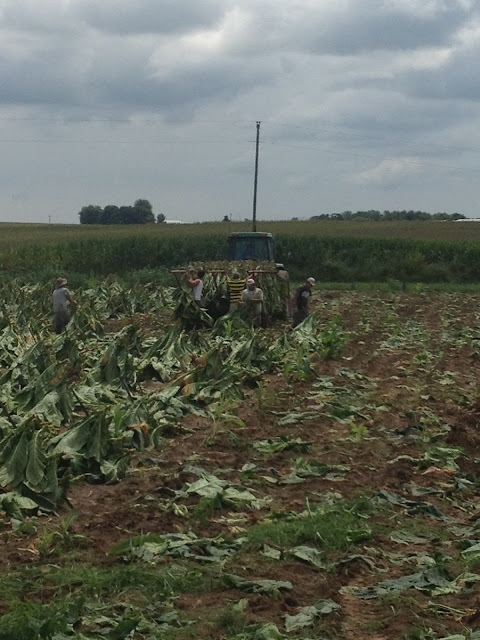 |
| Ample rainfall and cool temps were the perfect combination for our corn crop this year. Early harvest results point to a great fall harvest. |
 |
| Special thanks to Elbia Link for helping field start the combine for corn harvest. |
 |
| William and Elbia making the initial settings on the combine for corn shelling. |
 |
| Sherman Marklin unloading the first load of the 2013 corn crop |
 |
| Corn still has moisture in it (low 20% range) and will have to be ran through the dryer before it can be delivered to the elevator at 15.5% moisture. |
 |
| A beautiful harvest sunset view. |
 |
| David Brown shelling corn. |
 |
| Randy Barton loading a truck for Chris Marklin to haul to the bins. |

























